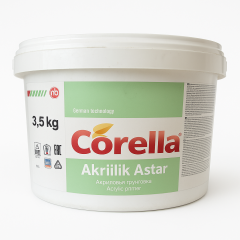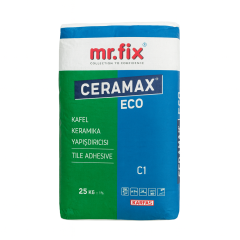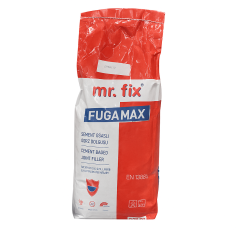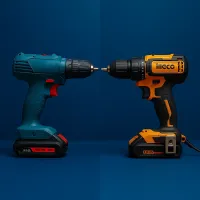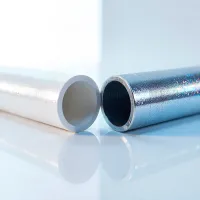Foamy or traditional plaster?
The role of plaster in construction and repair work
In the initial formation of plaster, wall and ceiling surfaces
is an invaluable stage. It is the basis for both aesthetic look and surface strength
creates the base. Well selected plaster outfit, further paint or face work
directly affect the quality.
Why is the choice of proper plaster?
Properly selected plaster not only to aesthetic defects, but
to long-term cracks, moisture collection and weakening of thermal insulation
may cause. Therefore, the material is not only at the price, not only
It is necessary to pay attention to technical performance.
Foam plaster - the product of modern technology
Production and technological features
Foam plaster, with a high-tech mixing method
are prepared. This is included in special air bubbles, which
Reduces the weight of the material, and increases its elasticity. This structure is applied to the surface
It provides high coverage capacity in easy spread and minimal weight.
Advantages and Disadvantages
Previences saving work work, fast application and
The thermal insulation indicators include high. But to sharp shocks
the resistance may be slightly lower than in traditional plaster.
Areas of use and compatible environments
Foam plaster, especially in new buildings, light
In places required in designed buildings and high energy efficiency
widely applied.
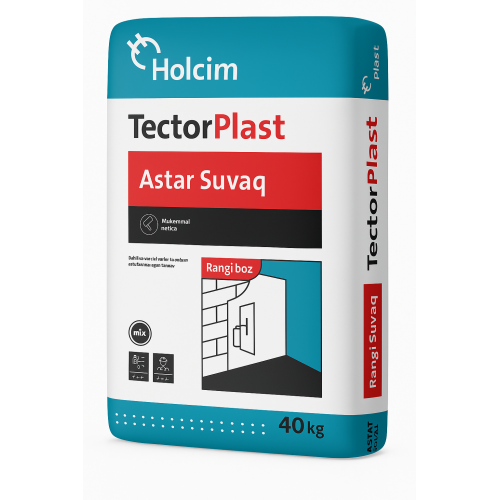
Holcim lining plaster - A solid foundation with quality tector plast
The correct material choice to get a longevity result in repair and construction is very important. Holcim primer plaster 40 kg tector plast - It is a mixture of cement-based lining on both internal and external surfaces.
Where is it used?
This product can be applied on different surfaces such as brick, concrete, natural stone and sawstone. It is also suitable for wet and technical rooms, which converts it to a universal choice.
Advantages: High adhesion ability to crack resistance, elastic and long-lasting structure can be easy to work
Traditional plaster - tested classics
Ingredients and method of application
Traditional plaster consists of a mixture of cement, sand and water.
Can be applied by hand or mechanical method. Defined after pulling to the surface
expected to be hardened during the period.
Advantages and Restrictions
His main advantage is high against strength and blows
is the sustainability. However, the application process requires more time and labor.
Typical areas of use
Traditional plaster, in the restoration of more old buildings, cut
required on walls and high-standing on mechanical effects
are used in facilities.
Comparison of foam and traditional plateau
Solidity and durability
Although the traditional plaster is recognized with firmness, foaming plaster
Thanks to modern additives, it is quite long.
Saving processing speed and labor
Foam plaster gives a quick result in mechanical application, traditional
and it takes more skill and time.
Price and long-term value
At the initial glance, foaming plaster may seem expensive, but labor
The low costs and insulation benefits are in the long-term prospect
makes it affordable.
Aesthetic results
Smooth and high when both types are properly applied
Creates surface, but the delicate texture of foaming plaster is for decorative work
more convenient.
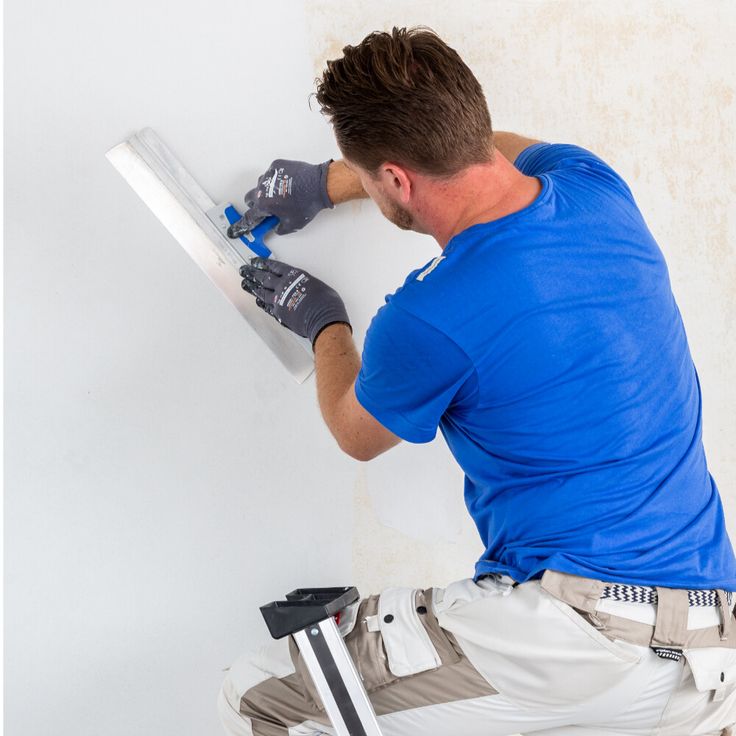
Expert recommendations
In what cases should a foam plaster?
Mild structures, fast repair projects and heating
Foaming plaster for places in need of insulation is the ideal choice.
In what cases are traditional plaster more suitable?
Mechanically affected industrial facilities, history
Traditional plastering for the restoration of buildings and high-strength walls
It is more expedient.
TVIMs and quality standards
Tvim Introduce both types of plaster with high quality standards
Provides technical advisory service to masters and project owners.


 Catalog
Catalog

